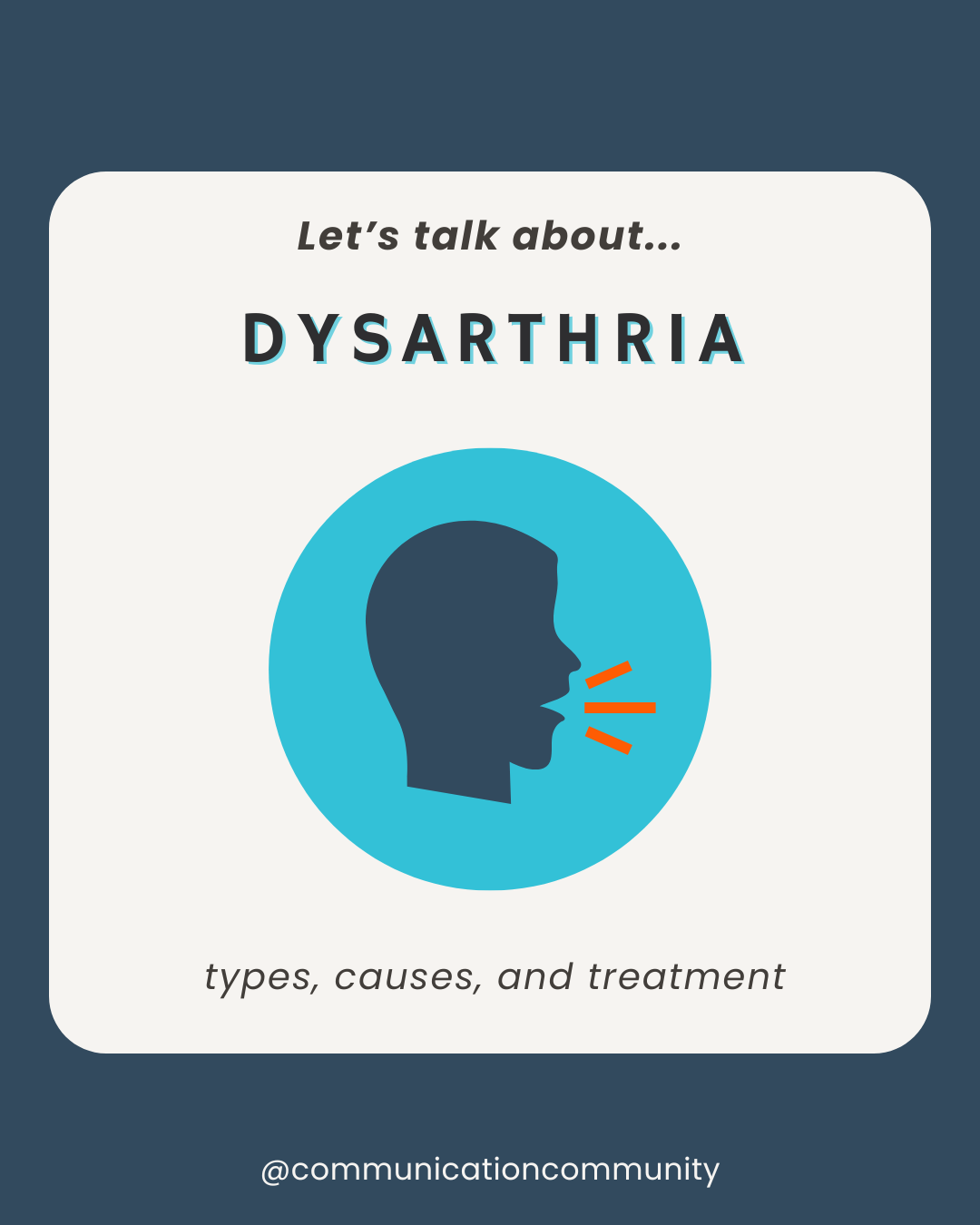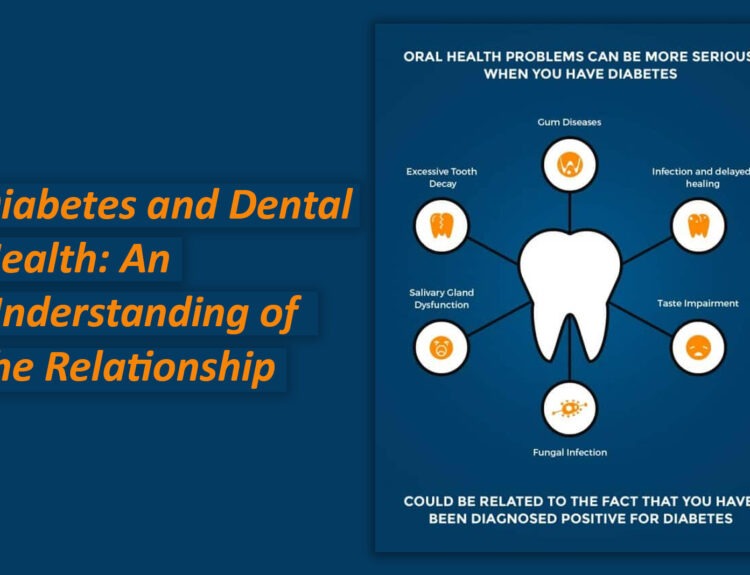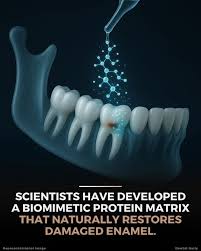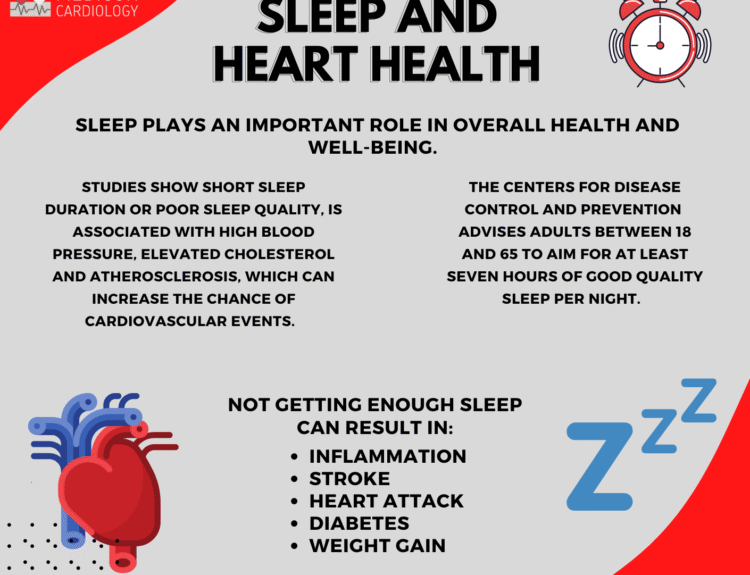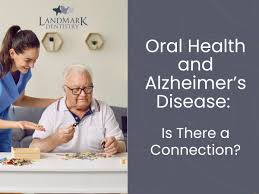Dysarthria is a speech disorder that affects how words are pronounced due to weakness or poor coordination of the muscles involved in speaking such as those in the lips, tongue, jaw, or vocal cords. While it is often associated with neurological conditions, dental factors can also play a significant role in its development or worsening. Understanding the link between dysarthria and dentistry helps both patients and oral health professionals identify, manage, and treat this condition effectively.
What is Dysarthria?
Dysarthria is a speech disorder caused by impaired control of the muscles used for articulation, including the lips, tongue, jaw, and soft palate. Unlike language disorders such as aphasia (which affect the ability to form or understand words), dysarthria primarily affects speech clarity and pronunciation. People with dysarthria may have slurred, slow, or nasal speech, and their voice may sound monotonous or breathy. The severity depends on the underlying cause and the extent of neuromuscular involvement.
Dysarthria affects not just speech but also confidence, social life, and emotional well-being. Its management requires collaboration between dentists, neurologists and speech therapists. Dentists are in a unique position to identify early speech changes linked to oral conditions such as missing teeth, dentures, or malocclusion.
Link between Dysarthria and Dentistry
Dentistry is closely linked with speech production because the oral cavity including teeth, tongue, and palate, is directly involved in articulation. Even minor changes in dental structure can influence speech clarity.
1. Dentures and Speech Problems
Wearing dentures, especially new or ill-fitting ones, alter the space inside the mouth and affect tongue movement. This often leads to temporary speech difficulties. Patients may struggle with sounds like “s,” “t,” “d,” and “th.” In elderly individuals with declining muscle tone, dentures can worsen existing speech patterns.
2. Missing Teeth and Malocclusion
Loss of front teeth significantly impacts pronunciation of “f,” “v,” and “s” sounds. Similarly, misaligned teeth can disturb tongue placement and airflow during speech, causing articulation issues similar to dysarthria.
3. Jaw and Tongue Surgery
Post-surgical changes after oral or maxillofacial procedures can temporarily or permanently affect speech. Limited movement of the tongue or jaw after surgery can mimic dysarthric symptoms.
4. Neurological Signs Noticed by Dentists
Dentists often detect early speech or swallowing issues that may indicate neurological conditions such as Parkinson’s disease, stroke, or multiple sclerosis. They are common causes of dysarthria. Dentists can play a vital role in early detection and referral.
Causes of dysarthria
It can result from several neurological or structural problems. Major causes include:
Stroke (CVA): A major cause that happens when the brain is damaged, leading to problems with muscle movement and control.
Parkinson’s Disease: Produces slow, soft and monotonous speech.
Amyotrophic Lateral Sclerosis (ALS):It causes mixed speech problems because the nerve cells that control muscles gradually get damaged.
Multiple Sclerosis (MS): It causes speech that sounds uncoordinated or shaky because of nerve damage.
Cerebral Palsy: Early brain injury in children often causes dysarthric speech.
Brain Tumors or Head Injury: Affect the speech control centers in the brain.
Medications: Some antipsychotic or antiemetic drugs cause muscle stiffness leading to speech changes. It is termed as drug-induced dysarthria.
Dental and Oral Surgeries: Structural or nerve injury may temporarily impair speech.
Sign & Symptoms of dysarthria
Slurred or slow speech
Nasal or breathy voice
Changes in pitch and rhythm
Difficulty controlling volume
Drooling or saliva leakage
Fatigue during speaking
Trouble chewing or swallowing
Dentists may notice these symptoms during conversation or oral examinations, especially in elderly or post-stroke patients.
Dysarthria Diagnosis
Diagnosis requires a team approach:
Neurologists identify the underlying neurological condition using imaging (MRI or CT).
Speech-language pathologists evaluate articulation, breath control, and resonance.
Dentists assess oral structures, dentures, and occlusion to rule out mechanical causes.
This multidisciplinary assessment ensures both neurological and dental aspects are addressed.
Treatment of Dysarthria
Effective management of dysarthria focuses on improving speech clarity and communication ability. Treatment includes:
1. Speech Therapy
It is the most important part of treatment. Therapists work on:
Strengthening lips, tongue, and jaw muscles
Breathing exercises for better voice control
Slowing down speech and improving articulation
Using rhythmic cues or pacing boards to maintain consistency
2. Dental Care
Dentists contribute by:
Adjusting ill-fitting dentures
Replacing missing teeth to restore normal articulation
Designing speech prostheses for patients with velopharyngeal incompetence
3. Medical or Surgical Intervention
If dysarthria is due to neurological disease, medications for Parkinson’s or MS can help. In structural defects, oral surgeries restore normal anatomy and improve speech.
4. Assistive Devices
For severe cases, speech-generating devices or mobile communication apps can help patients express themselves effectively.

